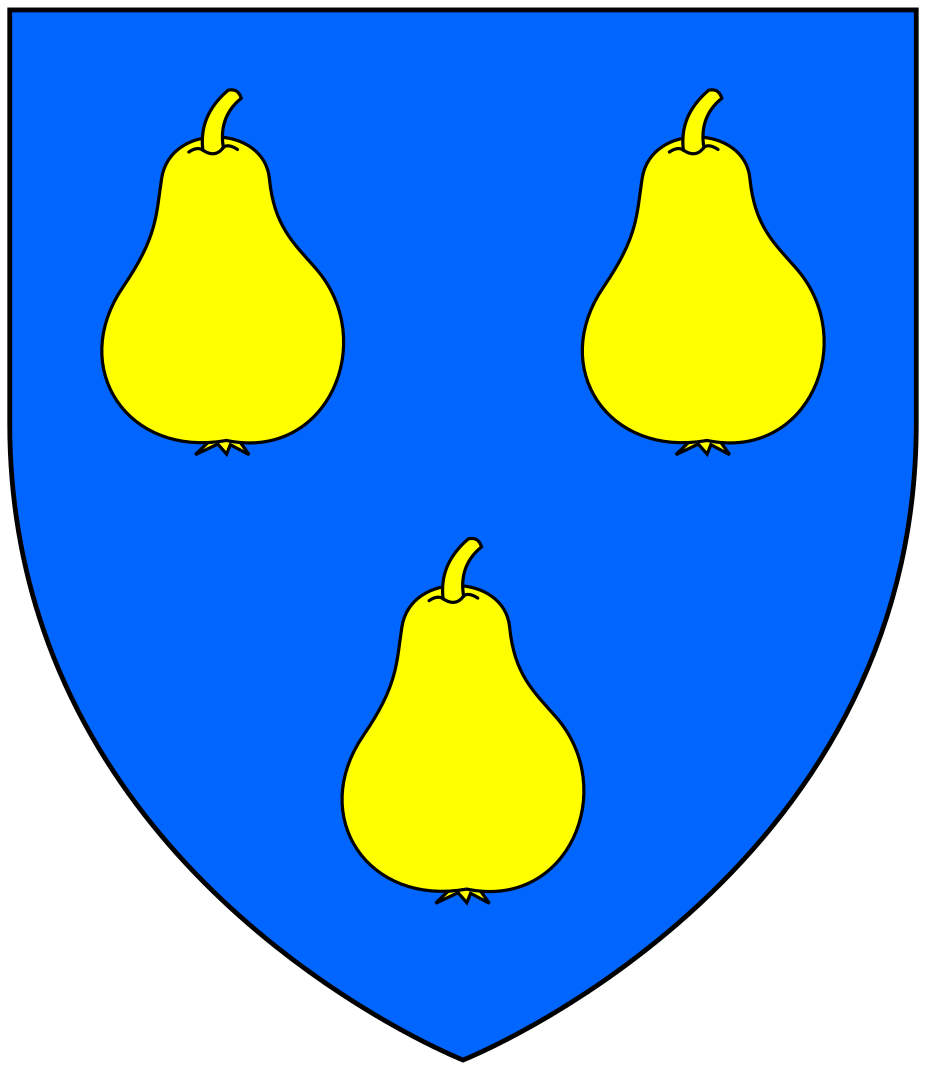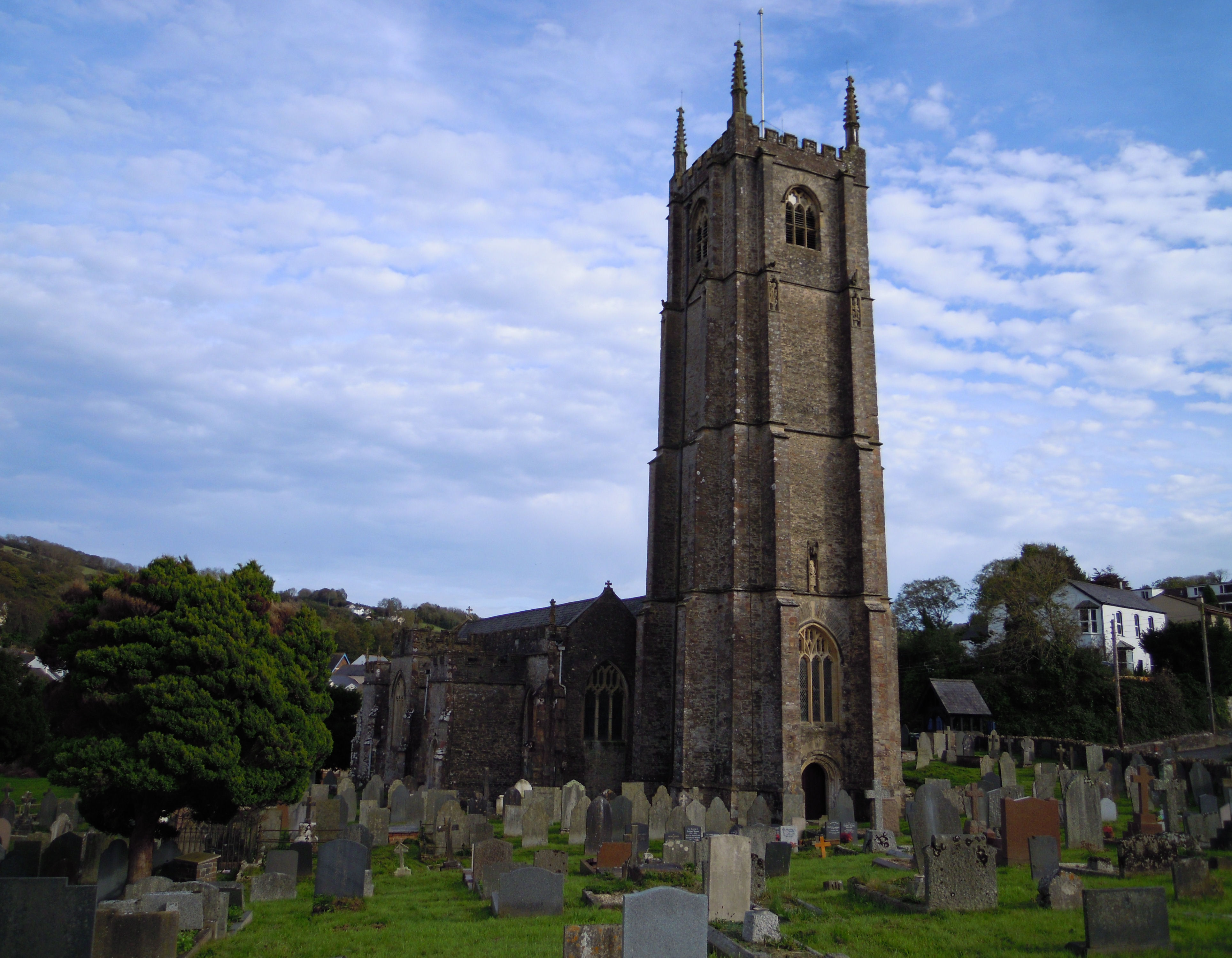|
Hugh Stucley
Sir Hugh Stucley (1496–1559) was the lord of Affeton in Devon, and Sheriff of Devon in 1545. His third son was Thomas Stukley (c. 1520 – 1578), known as "The Lusty Stucley". Origins He was the eldest son and heir of Sir Thomas Stucley (1473–1542) of Affeton, Sheriff of Devon in 1521,Vivian, p.721 by his wife Anne Wode (''alias'' Wood), daughter and heiress of Sir Thomas Wode (died 1502), of Childrey in Berkshire (now in Oxfordshire), Lord Chief Justice of the Common Pleas from 1500 and in 1478 elected a Member of Parliament for Wallingford. Marriage and children Stucley married Jane Pollard, second daughter of Sir Lewis Pollard (c. 1465 – 1526), lord of the Manor of King's Nympton in Devon, Justice of the Common Pleas from 1514 to 1526, and Member of Parliament for Totnes, Devon, in 1491. Jane's brother was the influential Sir Richard Pollard (1505–1542), MP, of Putney, Surrey, who was an assistant of Thomas Cromwell in administering the surrender of religious h ... [...More Info...] [...Related Items...] OR: [Wikipedia] [Google] [Baidu] |
Justice Of The Common Pleas
Justice of the Common Pleas was a puisne judicial position within the Court of Common Pleas of England and Wales, under the Chief Justice. The Common Pleas was the primary court of common law within England and Wales, dealing with "common" pleas (civil matters between subject and subject). It was created out of the common law jurisdiction of the Exchequer of Pleas, with splits forming during the 1190s and the division becoming formal by the beginning of the 13th century. The court became a key part of the Westminster courts, along with the Exchequer of Pleas (qualified to hear cases involving revenue owed to the King) and the Court of King's Bench (authorised to hear cases involving the King), but with the Writ of Quominus and the Statute of Westminster, both tried to extend their jurisdiction into the realm of common pleas. As a result, the courts jockeyed for power. In 1828 Henry Brougham, a Member of Parliament, complained in Parliament that as long as there were three court ... [...More Info...] [...Related Items...] OR: [Wikipedia] [Google] [Baidu] |
Battle Of Lepanto (1571)
The Battle of Lepanto was a naval engagement that took place on 7 October 1571 when a fleet of the Holy League, a coalition of Catholic states (comprising Spain and its Italian territories, several independent Italian states, and the Sovereign Military Order of Malta) arranged by Pope Pius V, inflicted a major defeat on the fleet of the Ottoman Empire in the Gulf of Patras. The Ottoman forces were sailing westward from their naval station in Lepanto (the Venetian name of ancient Naupactus – Greek , Ottoman ) when they met the fleet of the Holy League which was sailing east from Messina, Sicily. The Spanish Empire and the Venetian Republic were the main powers of the coalition, as the league was largely financed by Philip II of Spain, and Venice was the main contributor of ships. In the history of naval warfare, Lepanto marks the last major engagement in the Western world to be fought almost entirely between rowing vessels, namely the galleys and galleasses which were the ... [...More Info...] [...Related Items...] OR: [Wikipedia] [Google] [Baidu] |
Mercenary
A mercenary, sometimes also known as a soldier of fortune or hired gun, is a private individual, particularly a soldier, that joins a military conflict for personal profit, is otherwise an outsider to the conflict, and is not a member of any other official military. Mercenaries fight for money or other forms of payment rather than for political interests. Beginning in the 20th century, mercenaries have increasingly come to be seen as less entitled to protections by rules of war than non-mercenaries. The Geneva Conventions declare that mercenaries are not recognized as legitimate combatants and do not have to be granted the same legal protections as captured service personnel of the armed forces. In practice, whether or not a person is a mercenary may be a matter of degree, as financial and political interests may overlap. Modern mercenary organizations are generally referred to as private military companies or PMCs. Laws of war Protocol Additional GC 1977 (APGC77) is a 1 ... [...More Info...] [...Related Items...] OR: [Wikipedia] [Google] [Baidu] |
Elizabeth I Of England
Elizabeth I (7 September 153324 March 1603) was List of English monarchs, Queen of England and List of Irish monarchs, Ireland from 17 November 1558 until her death in 1603. Elizabeth was the last of the five House of Tudor monarchs and is sometimes referred to as the "Virgin Queen". Elizabeth was the daughter of Henry VIII and Anne Boleyn, his second wife, who was executed when Elizabeth was two years old. Anne's marriage to Henry was annulled, and Elizabeth was for a time declared Royal bastard, illegitimate. Her half-brother Edward VI ruled until his death in 1553, bequeathing the crown to Lady Jane Grey and ignoring the claims of his two half-sisters, the Catholic Church, Catholic Mary I of England, Mary and the younger Elizabeth, in spite of Third Succession Act, statute law to the contrary. Edward's will was set aside and Mary became queen, deposing Lady Jane Grey. During Mary's reign, Elizabeth was imprisoned for nearly a year on suspicion of supporting Protestant reb ... [...More Info...] [...Related Items...] OR: [Wikipedia] [Google] [Baidu] |
Way, St Giles In The Wood
Way is a historic estate in the parish of St Giles in the Wood, Devon. It is situated about north-east of the village of St Giles in the Wood and about north-east of the town of Great Torrington. It was described by Hoskins (1959) as "the ''fons et origo'' of the mighty tribe of Pollard" and had been acquired by them from the ''de la Way'' family at some time before 1242. One of the earliest members descended from this family to reach national prominence was Sir Lewis Pollard (c. 1465-1526), Justice of the Common Pleas from 1514 to 1526, of Grilstone, Bishop's Nympton, described by Thomas Fuller (1608-1661) in his ''Worthies of England'' as one of several Devonshire men "inundated with a genius to study law". The former mansion of the Pollards at Way is now represented by the farmhouse known as Way Barton. Reset into the front wall of the house is a stone sculpture dated about 1300 showing the faces of two ladies wearing wimples and above them the smaller face of a man. ... [...More Info...] [...Related Items...] OR: [Wikipedia] [Google] [Baidu] |
Baron And Feme
In English law, baron and feme is a phrase used for :husband and :wife, in relation to each other, who were accounted as one person by coverture. Hence, by the old law of evidence, the one party was excluded from giving evidence for or against the other in civil questions, and a relic of this is still preserved in criminal law. Heraldry In heraldry, baron and femme are terms denoting the two-halves of an heraldic escutcheon used when the coat of arms of a man and the paternal arms of his wife are impaled (or anciently dimidiated), that is borne ''per pale'' within the same escutcheon. The position of the husband's arms, on the dexter side (to viewer's ''left''), the position of honour, is referred to as baron whilst the paternal arms of the wife are shown in sinister, referred to as femme. The resultant shield is used by the husband, as in general females are not entitled to display heraldry, unless ''suo jure'' peeresses. This is the normal way of displaying the arms of ... [...More Info...] [...Related Items...] OR: [Wikipedia] [Google] [Baidu] |
Impalement (heraldry)
In heraldry, impalement is a form of heraldic combination or marshalling of two coats of arms side by side in one divided heraldic shield or escutcheon to denote a union, most often that of a husband and wife, but also for unions of ecclesiastical, academic/civic and mystical natures. An impaled shield is bisected "in pale", that is by a vertical line. Marital The husband's arms are shown in the '' dexter'' half (on the right hand of someone standing behind the shield, to the viewer's left), being the place of honour, with the wife's paternal arms in the ''sinister'' half. For this purpose alone the two halves of the impaled shield are called ''baron'' and ''femme'', from ancient Norman-French usage. Impalement is not used when the wife is an heraldic heiress, that is to say when she has no brothers to carry on bearing her father's arms (or, if her brothers have died, they have left no legitimate descendants) in which case her paternal arms are displayed on an escutcheon of ... [...More Info...] [...Related Items...] OR: [Wikipedia] [Google] [Baidu] |
Forde Abbey
Forde Abbey is a privately owned former Cistercian monastery in Dorset, England, with a postal address in Chard, Somerset. The house and gardens are run as a tourist attraction while the estate is farmed to provide additional revenue. Forde Abbey is a Grade I listed building. History Between 1133 and 1136, wealthy nobleman Richard de Brioniis built a priory on his land at Brightley (meaning "bright" or "clear" pasture) and invited Gilbert, Abbot of Waverley in Surrey, to send 12 monks to form a new Cistercian community there. One story is that the agricultural land surrounding the new priory was insufficiently fertile, forcing the monks to consider returning to the mother house in 1141. However, Adelicia de Brioniis, the sister of Richard and successor to his estate, offered them an alternative site close to the River Axe in the manor of Thorncombe. Here, between 1141 and 1148, they built a new priory which came to be known as "Ford" due to its proximity to an old river crossi ... [...More Info...] [...Related Items...] OR: [Wikipedia] [Google] [Baidu] |
Combe Martin
Combe Martin is a village, civil parish and former manor on the North Devon coast about east of Ilfracombe. It is a small seaside resort with a sheltered cove on the northwest edge of the Exmoor National Park. Due to the narrowness of the valley, the village consists principally of one single long street which runs between the valley head and the sea. An electoral ward with the village name exists. The ward population at the 2011 census was 3,941. History Evidence of Iron Age occupation includes the nearby Newberry Castle fort. The toponym "Combe" is derived from Old English ''cumb'' meaning "wooded valley". It derives ultimately from the same Brythonic source as the Welsh cwm, also of the same meaning. The name was recorded as ''Comer'' in 1128. The 'Martin' suffix on the place name is from the name of the FitzMartin family, feudal barons of Barnstaple, from which large barony the manor of Combe was held. The FitzMartins held the barony following the marriage ... [...More Info...] [...Related Items...] OR: [Wikipedia] [Google] [Baidu] |
Thomas Cromwell
Thomas Cromwell (; 1485 – 28 July 1540), briefly Earl of Essex, was an English lawyer and statesman who served as chief minister to King Henry VIII from 1534 to 1540, when he was beheaded on orders of the king, who later blamed false charges for the execution. Cromwell was one of the most powerful proponents of the English Reformation, and the creator of true English governance. He helped to engineer an annulment of the king's marriage to Catherine of Aragon so that Henry could lawfully marry Anne Boleyn. Henry failed to obtain the approval of Pope Clement VII for the annulment in 1533, so Parliament endorsed the king's claim to be Supreme Head of the Church of England, giving him the authority to annul his own marriage. Cromwell subsequently charted an evangelical and reformist course for the Church of England from the unique posts of Vicegerent in Spirituals and Vicar-general (the two titles refer to the same position). During his rise to power, Cromwell made many enemi ... [...More Info...] [...Related Items...] OR: [Wikipedia] [Google] [Baidu] |








